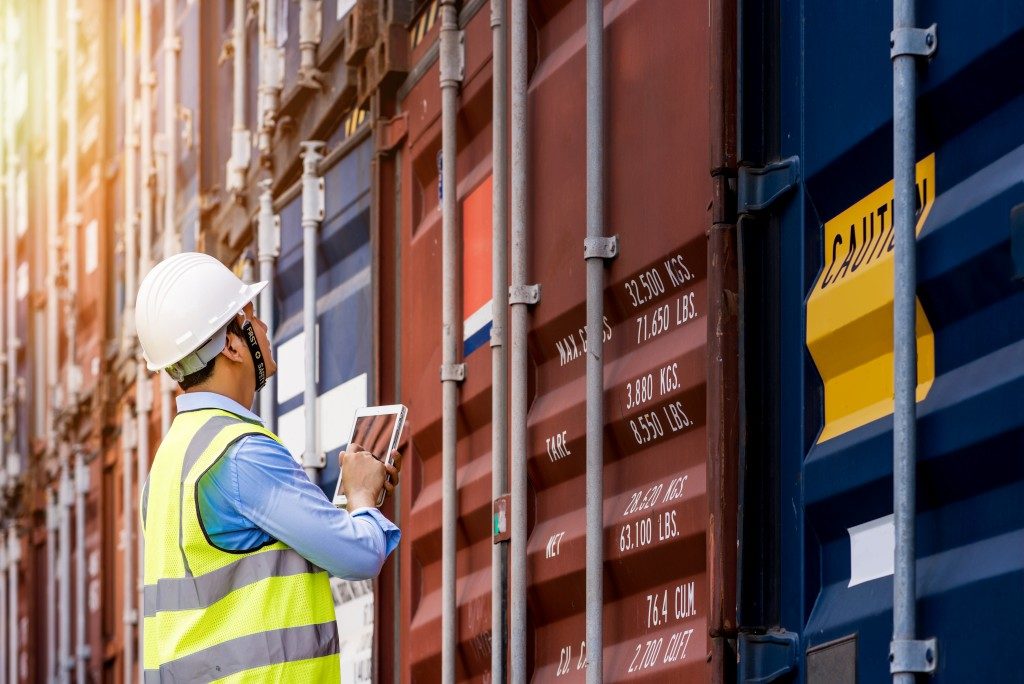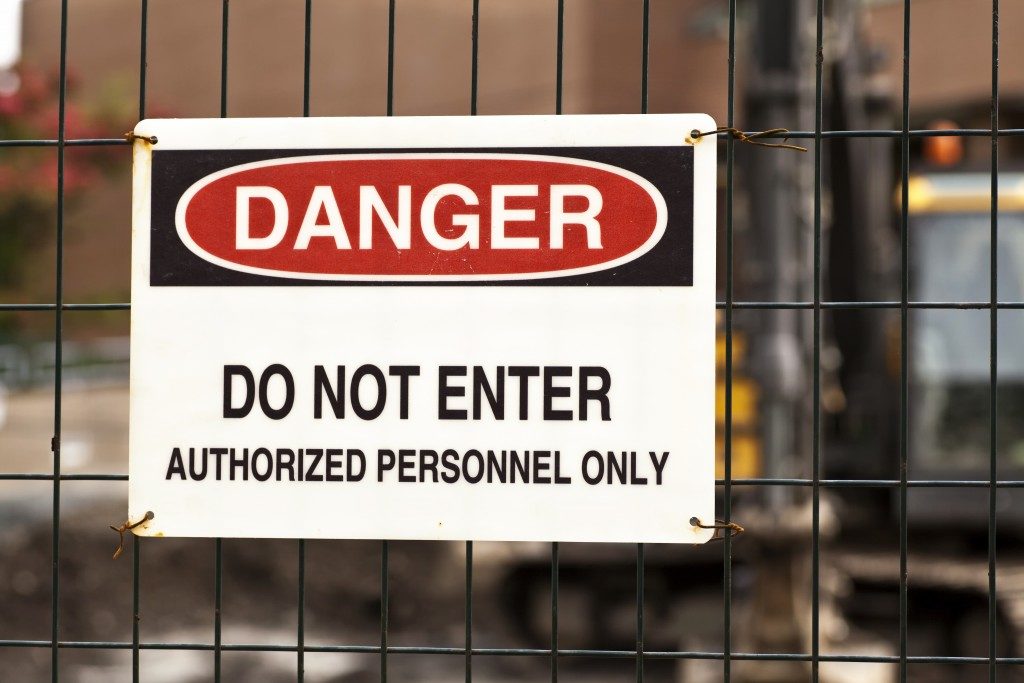One of the riskiest parts of any logistics operation is the loading/unloading goods to and from the vehicles or vessels that carry them. Accidents in loading zones in warehouses, ports, and airports could result in damaged goods and injuries (or worse). To avoid costly incidents such as these, companies must take extra steps to ensure further the safety of the goods, the workers, and anyone near the loading zones.
So, if you’re in the logistics business, or your company/organization’s operations entail loading and unloading bulky and heavy items, you’ll want to take note of these loading zone safety tips to prevent accidents.
Authorized Personnel Only Area
To minimize distractions and accidents, only those who ‘need’ to be in the loading/unloading zone must be present in the area. Having too many people in the loading area can distract workers, disrupt crucial communication, and increase the risk and impact (number of people affected) of accidents. As such, you’ll want to choose an area with minimal to no traffic (i.e., no passersby) and have the area closed off only to allow staff who are in charge of loading/unloading operations.
Park and Secure the Vehicle/Vessel
Whether it’s a truck, a plane, a train, or a boat, it’s essential to prevent it from moving when loading/unloading. For trucks, it’s recommended to have the vehicle entirely switched off and to put wheel stoppers as an added level of security. As for boats, it’s vital to avoid loading/unloading when there are solid/high waves.
Always Secure the Load
At all operations points, the load should always be stable and locked in place, whether loaded and stacked or moved using a second-hand forklift or on a trailer. By securing the load, you can prevent it from falling over, which can result in damaged goods, injuries, or worse. The means of moving the cargo should also be adequately thought out; make sure that the equipment you’re using can support the weight and dimensions of the item being transported. For companies that deal with air freight, it’s also recommended to have the trailer fully equipped/modified to accommodate the air cargo.
Communication and Coordination
As with all logistics and warehouse operations, communication and coordination are critical in both efficiency and safety; those supervising the loading/unloading of goods should update and be updated constantly regarding any nearby operations. For example, the staff-in-charge should let everyone in the area know that loading and unloading operations are ongoing and avoid the area; likewise, the staff-in-charge should also be aware of oncoming traffic or any operation that may affect the loading/unloading of goods. The staff must also immediately communicate any accidents to ensure a quicker response.
Train Staff
Lastly, all staff should be adequately trained in using tools and equipment, handling items, and lifting techniques. The latter is essential to prevent accidents and musculoskeletal disorders from repeat motions, improper posture/execution, and overexertion. It can also be very beneficial to have staff undergo CPR. First aid training, and also be aware of the top hazards and possible accidents that can occur so they can be more cautious in preventing them from occurring during loading/unloading operations.
The Bottom Line

Although accidents are sometimes difficult to avoid and foresee, you can lower the risk of these accidents occurring through proper training, communication, and using the right tools. Although some of these steps may seem expensive, any property damage or injuries from loading zone accidents can be much more costly.





